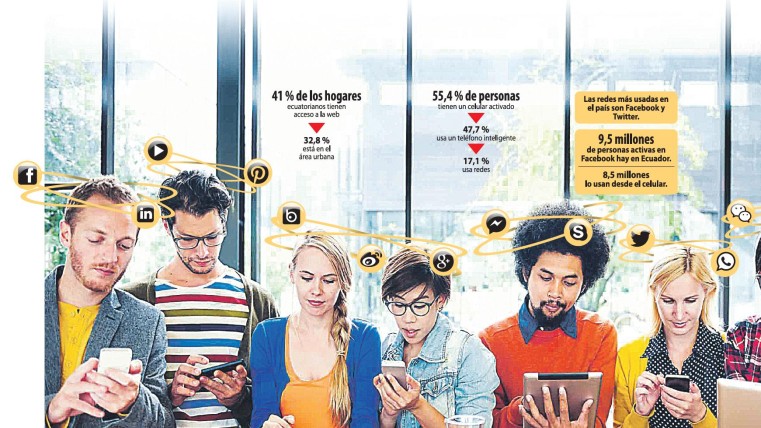Previous Story
NO to lies!
Posted On 05 Jan 2017

The war against the false news spread on social networks, especially through Facebook, began late last year. Some say he gave the victory to Trump, others say Hillary used them to ‘sell.’ The truth is that lies are generated every day by thousands and it is time to stop them.
In a world with a few censorship and filters, social networks are the best speaker to spread truths and lies. Ecuador is no stranger to these facts. Today we share a guide to prevent that hoaxes affect the political scenario during the campaign.
Always doubt
The obvious thing is to doubt of those events that seem incredible. Also, those news that do not have sources or that are unreliable. Another sign is that the information in the story is incomplete (they do not name places, dates, names of people or organizations, etc.).
‘GOOGLE it’
To doubt also means to contrast, verify, look for other sources. How? One option is to ‘Google’ the keywords of the false news, to see if it is published in some reliable media. If there are few results or the sites that appear do not have a good reputation, there is no doubt. Even if there are many media involved, go to the primary source.
Filter
Google has Fact-Check, a tool that can corroborate the veracity of a news story. This is a gray label that will appear next to the news, as an indicator that you have passed a series of verification filters. The filters mean that the news has an unbiased wording, it includes references and shows sources.
Investigate
Another alternative is searching for networks and blogs published by journalists and leaders of opinion. It is most likely that they ignore or deny the news we distrust.
Do not share
If after following the above-mentioned steps you still hesitate, do not share the information. Doing so puts at risk the credibility of the person who does it. Experts recommend correcting and educating those who share these incorrect data about the importance of verifying the news they make viral.
Source: http://expreso.ec/





